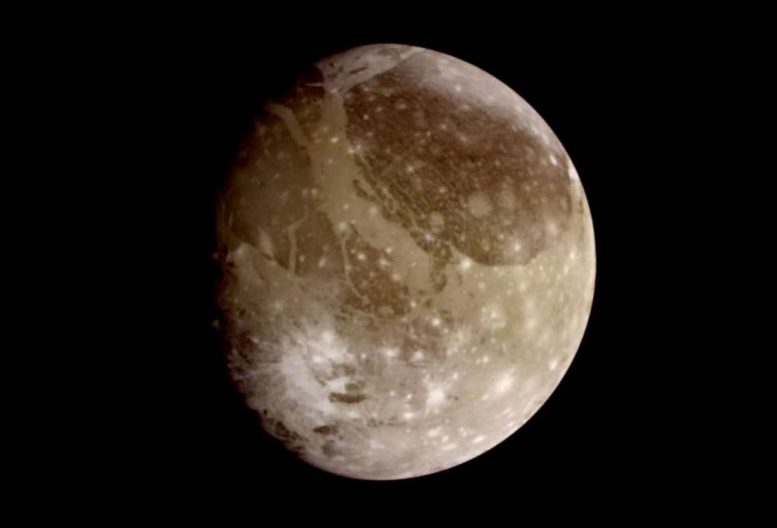
Natural color view of Ganymede from the Galileo spacecraft during its first encounter with the satellite. Credit: NASA/JPL
The planet Jupiter has a very strong magnetic field which forms the largest object in the solar physics. Observations of Jupiter’s magnetosphere in the 1990s provided a unique opportunity to understand how magnetic fields interact with particles and how moons of Jupiter can change the environment of the gas giant. One of the most surprising and fascinating discoveries about the moons of the giant planet was made by UCLA’s Margaret Kivelson – a professor emerita in the Department of Earth, Planetary, and Space Sciences – and her team, who found the internal magnetic field on Jupiter’s moon Ganymede.
In 1996, a team of scientists led by University of Iowa Professor Don Gurnett noticed that strong plasma waves were observed near Ganymede. These waves are similar to waves observed on the surface of the water. However, unlike water waves, it is electric and magnetic fields which increase and decrease during these oscillations. The particular type of waves that they observed are often referred to as “chorus waves,” as they can be played through a radio and the sound similar to a multi-voiced chorus.
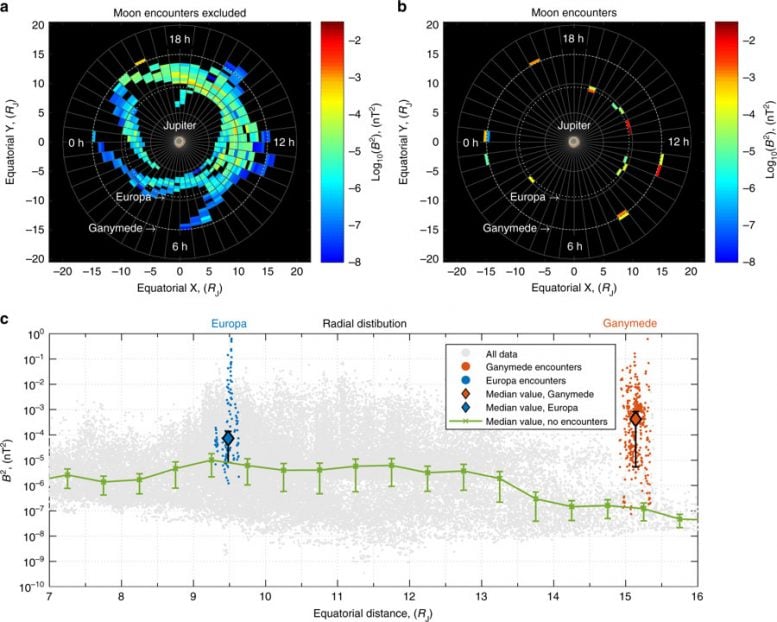
Galileo mission wave power statistics: a Average chorus intensity in each bin (ΔRJ = 0.5, ΔMLT = 0.5 h) for the equatorial region from 27 June 1996 until 5 November 2002, excluding encounters with the moons. b Same as a but for encounters with Europa (~9.4 RJ) and Ganymede (~15 RJ), positive x is toward the Sun (noon MLT), axes are in the magnetic equatorial plane. c Scatter plot of wave power as a function of the distance from Jupiter. Blue dots show Galileo encounters with Europa. Red dots show encounters with Ganymede. Diamond points are median values during encounters. Green line shows median values of the wave power excluding encounters. The error bars are absolute mean deviation. Median wave power during the encounters for Ganymede and Europa significantly exceeds the median values at corresponding distances from Jupiter.
Until now, it remained unclear if these observed increases in wave power represented accidental increases associated with natural variability, or if they were systematic and significant. A study published recently in Nature Communications may clear this up.
The study reports that chorus wave power is increased by up to a factor of million near Ganymede, and up to a factor of 100 near the neighboring moon Europa. “It’s really a surprising and puzzling observation showing that a bare presence of the magnetized object can create such a tremendous intensification in the power of waves,” said Yuri Shprits, first author of the study and a researcher in UCLA’s Department of Earth, Planetary, and Space Sciences (EPSS) as well as a professor at GFZ-Potstam/University of Potsdam.
Similar chorus waves in Earth’s magnetosphere are responsible for accelerating space particles to very high energies, producing so-called “killer electrons,” which are so energetic that they can penetrate a satellite’s shielding and damage or completely knock it down. These processes are also likely to occur in Jupiter’s magnetosphere, says UCLA EPSS assistant researcher Alexander Drozdov, who is a co-author of the study. He and his fellow researchers performed a systematic study of Jupiter’s wave environment and compared average measurements to satellite flybys.
These observations provided a unique opportunity to understand the fundamental physical processes that may be relevant to laboratory plasmas, as well as processes of acceleration and loss near Earth and in the distant corners of the universe. Similar processes may occur in exoplanetary environments. Thus, the work done by these researchers may help detect the magnetic fields of exoplanets being sought after by many planetary scientists.
According to Drozdov, this study heralds a greater understanding of plasma dynamics for researchers studying plasmas both in space and in laboratories on Earth.
“By observing the fundamental process of how particles and waves interact in plasma on Jupiter, it creates important benchmarks for theorists to test their models using this truly remarkable experience that nature’s provided for us,” Shprits added.
This research was supported by NASA and is a result of collaboration of UCLA, German Research Center for Geosciences, University of Potsdam, University of Iowa, British Antarctic Survey, Jet Propulsion Laboratory, and Applied Physics Lab.
Reference: “Strong whistler mode waves observed in the vicinity of Jupiter’s moons” by Y. Y. Shprits, J. D. Menietti, A. Y. Drozdov, R. B. Horne, E. E. Woodfield, J. B. Groene, M. de Soria-Santacruz, T. F. Averkamp, H. Garrett, C. Paranicas and D. A. Gurnett, 7 August 2018, Nature Communications.
DOI: 10.1038/s41467-018-05431-x

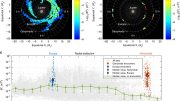

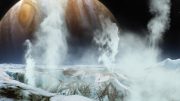
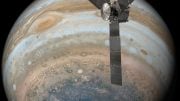
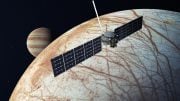
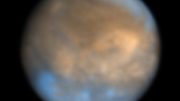
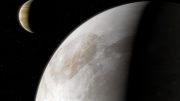
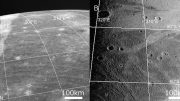
Be the first to comment on "Million-Fold Increase in the Power of ‘Chorus Waves’ Near Jupiter’s Moons"